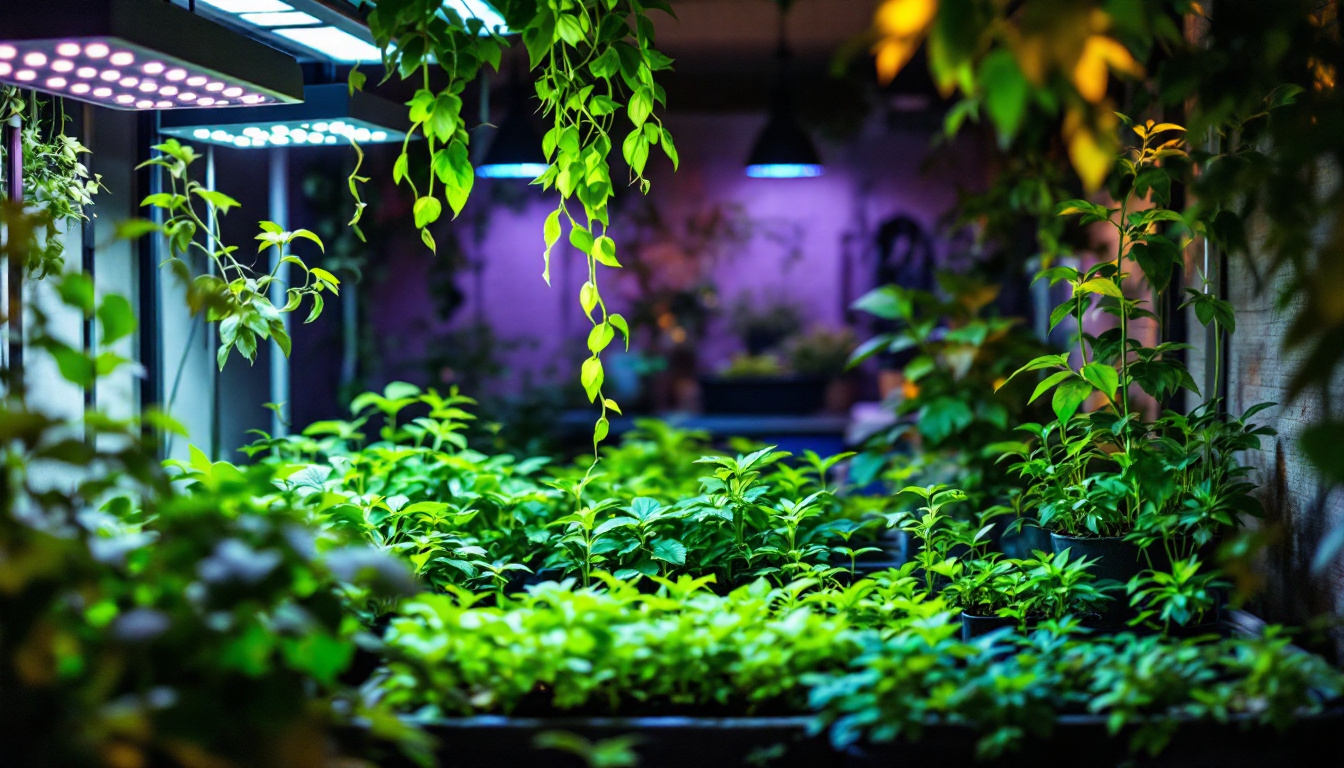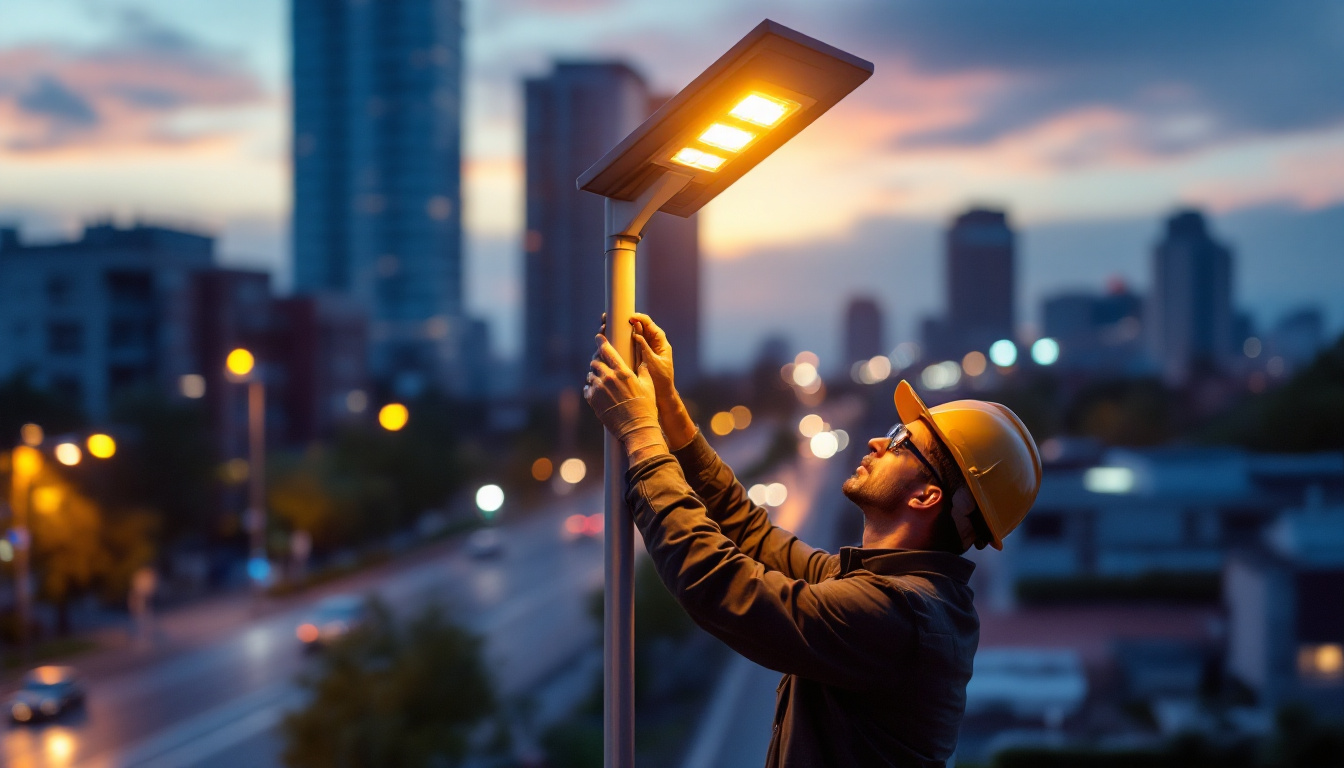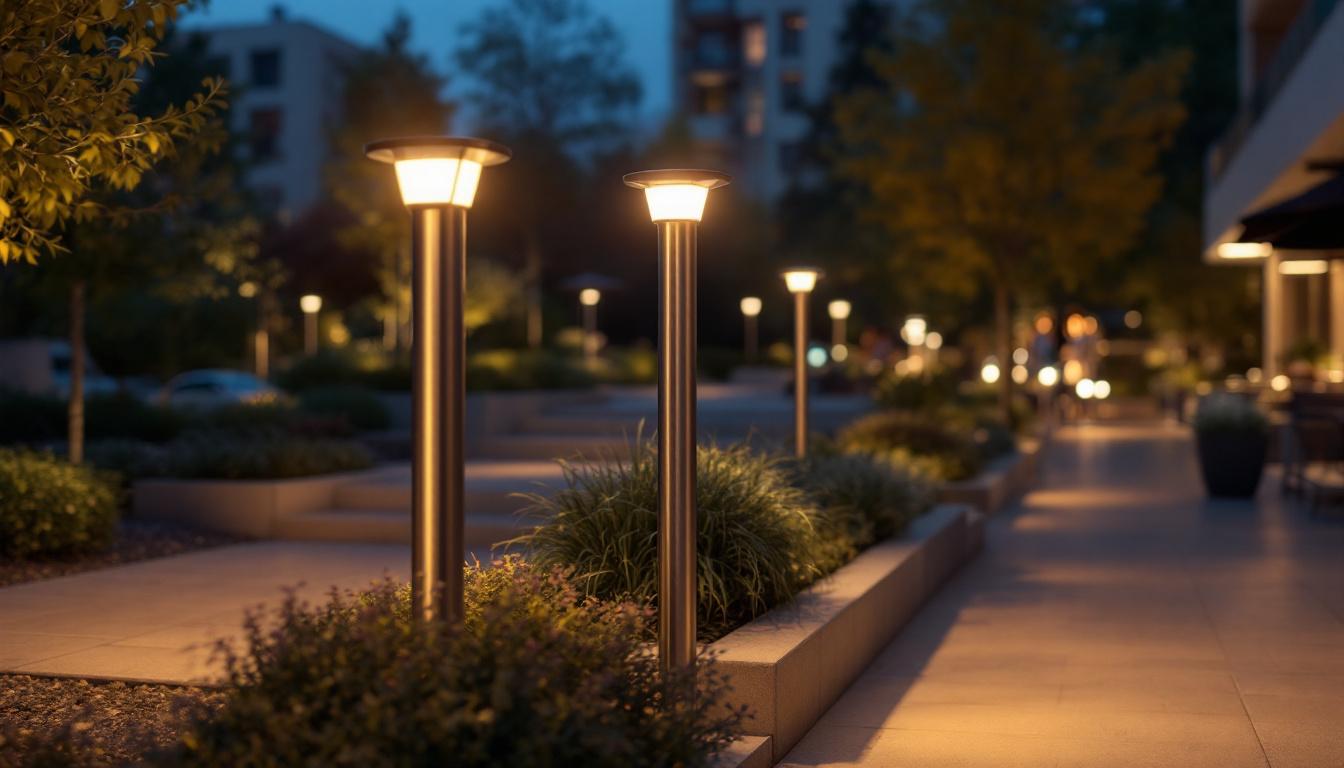
As the demand for sustainable and efficient agricultural practices continues to rise, outdoor grow lights have become an essential component for many lighting contractors. These lights not only enhance plant growth but also extend the growing season, making them a valuable investment for both commercial and residential applications. However, with the variety of options available, contractors often have questions about the best practices for selecting and installing outdoor grow lights. This article aims to address some of the most common inquiries lighting contractors may have regarding outdoor grow lights.
Outdoor grow lights are specialized lighting systems designed to promote plant growth by providing the necessary spectrum of light. These lights mimic natural sunlight, which is crucial for photosynthesis, allowing plants to thrive even in less than ideal weather conditions. They are particularly beneficial for greenhouses, nurseries, and gardens where natural light may be insufficient.
These lights come in various forms, including LED, fluorescent, and high-intensity discharge (HID) lights. Each type has its advantages and disadvantages, making it essential for contractors to understand the specific needs of their clients before making a recommendation. For instance, LED grow lights are known for their energy efficiency and longevity, while HID lights are often favored for their intense output, making them suitable for larger growing areas. Understanding the nuances of each type can help ensure that the right choice is made based on the specific plants being cultivated and the environment in which they are grown.
Plants require light to perform photosynthesis, the process through which they convert light energy into chemical energy. Without adequate light, plants can become weak, leggy, and unproductive. Outdoor grow lights help to fill this gap by providing the right wavelengths of light, which can significantly enhance growth rates and yield quality.
Moreover, outdoor grow lights can help regulate plant cycles, such as flowering and fruiting, by simulating seasonal changes in light duration. This capability allows growers to have more control over their crops, leading to improved harvests and better overall plant health. Additionally, the use of grow lights can extend the growing season, enabling gardeners to start their plants earlier in the spring and continue growing later into the fall. This extended period of growth can be particularly advantageous for regions with shorter growing seasons, allowing for a more diverse and productive garden.
Furthermore, the strategic use of outdoor grow lights can also assist in combating common plant stressors. For example, during periods of overcast weather or during the winter months, these lights can provide the necessary boost that plants need to maintain their health and vigor. By ensuring that plants receive adequate light, growers can reduce the risk of disease and pest infestations, as healthy plants are generally more resilient. This proactive approach not only supports the plants’ immediate growth needs but also contributes to long-term sustainability in gardening and agriculture.
When it comes to outdoor grow lights, contractors will encounter several types, each with unique characteristics. Understanding these options is crucial for making informed decisions that align with client needs.
The light spectrum plays a crucial role in plant growth, with different wavelengths promoting various growth stages. For instance, blue light (400-500 nm) is essential for vegetative growth, while red light (600-700 nm) is vital for flowering and fruiting.
Contractors should assess the specific plants their clients wish to grow and recommend lights that provide the appropriate spectrum. Many modern grow lights offer adjustable spectrums, allowing for versatility as plants transition through different growth phases.
Proper installation of outdoor grow lights is critical to maximizing their effectiveness. Several factors must be taken into account to ensure optimal performance.
Safety is paramount when installing outdoor grow lights. Contractors should adhere to local electrical codes and regulations to prevent hazards. This includes using weatherproof fixtures and ensuring that all electrical components are rated for outdoor use.
Additionally, proper grounding and circuit protection are essential to prevent electrical shocks or fires. Contractors should also educate clients on the importance of regular maintenance checks to ensure that the lights remain in safe working condition.
Regular maintenance is vital to prolonging the lifespan of outdoor grow lights. This includes cleaning the fixtures to remove dust and debris that can obstruct light output. Using a soft cloth and mild soap can help maintain clarity without damaging the fixtures.
Contractors should also advise clients to check the electrical connections periodically for signs of wear or corrosion. Replacing any damaged components promptly can prevent more significant issues down the line.
Even with proper maintenance, issues can arise with outdoor grow lights. Common problems include flickering lights, uneven light distribution, and overheating. Contractors should be prepared to troubleshoot these issues effectively.
For flickering lights, checking the power supply and connections is the first step. If the problem persists, it may indicate a faulty bulb or fixture. Uneven light distribution can often be remedied by adjusting the height or angle of the lights. Overheating, on the other hand, may require checking ventilation and ensuring that the lights are not placed too close to plants.
Energy efficiency is a significant concern for many clients, particularly in commercial operations where electricity costs can be substantial. Contractors should highlight the benefits of LED grow lights, which consume significantly less energy compared to traditional lighting options.
Additionally, educating clients about the long-term savings associated with energy-efficient lighting can help them make informed decisions. While the initial investment may be higher for LED systems, the reduced energy consumption and longer lifespan can lead to cost savings over time.
The cost of outdoor grow lights can vary widely based on the type and features. LED lights, while generally more expensive upfront, offer lower operational costs due to their energy efficiency and longevity. In contrast, HID lights may have a lower initial cost but can lead to higher electricity bills and more frequent replacements.
Contractors should provide clients with a comprehensive cost analysis, including initial investment, operational costs, and potential savings over time. This transparency can help clients feel more confident in their lighting choices.
The field of outdoor grow lighting is continually evolving, with new technologies emerging to enhance efficiency and effectiveness. One notable trend is the increasing use of smart lighting systems that allow for remote control and automation. These systems enable growers to adjust light intensity and spectrum based on real-time data, optimizing plant growth conditions.
Another exciting development is the integration of solar technology into grow lights. Solar-powered grow lights can significantly reduce energy costs and are an excellent option for off-grid applications. As sustainability becomes a more pressing concern, these innovations will likely gain traction in the market.
As new technologies emerge, lighting contractors will need to stay informed about the latest advancements in outdoor grow lighting. This knowledge will enable them to offer clients the most effective solutions tailored to their specific needs.
Additionally, embracing these innovations can create new business opportunities. Contractors who are well-versed in smart lighting systems and solar technology may find themselves in high demand as more clients seek sustainable and efficient solutions for their growing operations.
Outdoor grow lights play a crucial role in modern agriculture, providing the necessary light for plants to thrive regardless of environmental conditions. For lighting contractors, understanding the various types of grow lights, installation best practices, and maintenance requirements is essential for delivering optimal solutions to clients.
By addressing common questions and concerns, contractors can position themselves as knowledgeable experts in the field, fostering trust and confidence among their clientele. As the industry continues to evolve, staying informed about the latest trends and technologies will ensure that contractors remain competitive and capable of meeting the diverse needs of their clients.
Ready to enhance your outdoor grow light installations with the best in the business? Look no further than LumenWholesale for a comprehensive selection of top-quality, spec-grade lighting products at unbeatable wholesale prices. Say goodbye to local distributor markups and hello to superior lighting solutions that meet the highest industry standards. With LumenWholesale, you’ll enjoy the convenience of bulk buying with free shipping, ensuring you get premium lighting at the best value — without hidden fees or compromises. Elevate your lighting projects today by visiting Wholesale Lighting at the Best Value and experience the perfect blend of quality, affordability, and convenience.

Discover the common pitfalls lighting contractors face with commercial solar street lights and learn how to avoid them.

Discover how commercial LED bollard lights can enhance profitability in lighting installations.

Discover how high hat lighting can revolutionize your lighting projects by boosting efficiency and enhancing aesthetics.

Discover how vacancy sensors are transforming the lighting industry with real-world success stories from contractors.